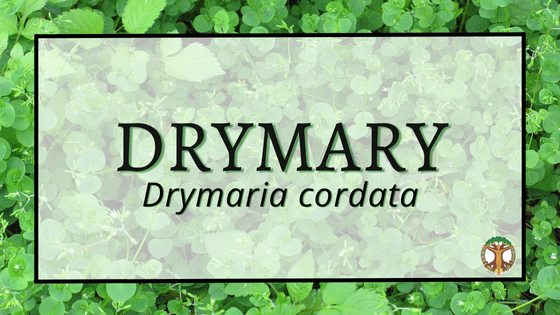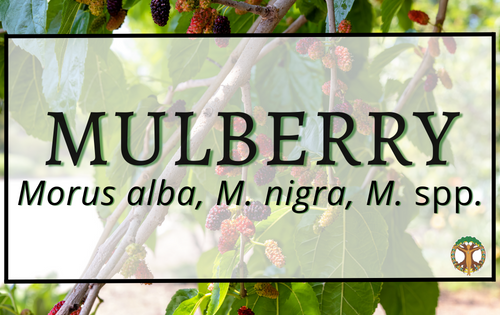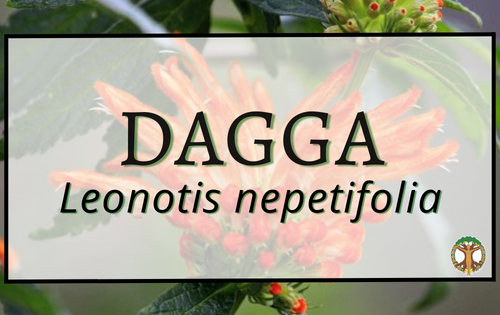
Drymary
Common Names: Tropical chickweed, Drymary, whitesnow, West Indian Chickweed, heartleaf drymary, “Calabar woman’s eye”
Latin name: Drymaria cordata
Family: Caryophyllaceae
Habitat: Drymaria cordata is a creeping herb found widely dispersed in damp places all over the tropic and sub-tropical regions of Africa, Asia, and the Americas. Drymaria cordata is an annual/perennial growing up to two feet. It can be found in lawns, gardens, flower beds, and in other disturbed areas. The stems are prostrate, green in color, glabrous to glandular-pubescent, and root at some nodes. Leaves are petiolate, opposite, orbicular to reniform in outline, entire, and glabrous. Flowers are produced in terminal and axillary cymes. Each flower has 5 lanceolate green sepals with white margins and 5 white 2-lobed petals. Its most noted characteristic that gets it a lot of attention is its sticky seedpods on elongated stems that stick to your clothes and pet fur! It is grown as a ground cover with coffee and tea to prevent soil erosion. Suitable for light (sandy), medium (loamy), and heavy (clay) soils. Suitable pH: acid, neutral, and basic (alkaline) soils. It prefers sun and moist soil but will tolerate part sun and Florida’s dry season. Drymary can be found in low areas of my central Florida home year-round.
History: The use of the plant for agriculture and traditional medicine has been reported in Africa, Asia and the Americas. It is used in North-East India, for the treatment of various diseases including diabetes. In tropical Africa, D. cordata preparations are used for the treatment of diverse ailments including cold, headache, coryza, bronchitis, as poultice on sore (to treat aching, inflamed or painful parts), leprosy, tumors, as fumigant for eye troubles, as cerebral stimulant and antifebrile agent. In Nigeria, it is sometimes used in treating sleep disorders. Extracts of D. cordata have previously been reported to possess antitussive, anti-inflammatory, anxiolytic, and cytotoxic activities. Drymary contains alkaloids, flavonoids, phenols, tannins, and saponins.
Energetics: Cooling and drying
Parts Used: Young leaves, young shoots.
Benefits: Tender young leaves and shoots are eaten raw or cooked as a vegetable containing vitamin C, calcium, potassium, phosphorous, iron, and zinc. The aqueous whole plant extract of D. cordata was found in studies to contain glycosides, saponins, alkaloids, flavonoids, phenols, and tannins in increasing order of abundance. These plant constituents give drymary analgesic, antipyretic anti-inflammatory, and immune-modulating properties as well as an antitussive, antibacterial, anxiolytic, and cytotoxic activities. It has been used in various forms as a treatment for respiratory disorders and acts as a mild laxative with some lymphatic qualities. In herbalism we often hear of Stellaria media from the same plant family, also commonly called Chickweed. Many herbalists agree that Tropical Chickweed can basically be used interchangeably with Stellaria being more moistening while Drymaria is more astringent.
Indications and Actions: Analgesic, antipyretic, anti-inflammatory, antitussive, anxiolytic, astringent, immune-modulating, antibacterial.
Method of Preparation: Known as a tonic herb, leaves usually used raw or dried have a tender, mild flavor. Many enjoy this plant as a long herbal infusion, combining 1 oz of herb with 1 quart hot water and letting it steep 4-8 hours. The resulting “tea” can be consumed or used for soup stock or liquid for cooking grains. Tropical Chickweed is also a nice addition to any tea blend. For more therapeutic effects it is recommended to drink one cup of tea 3-4 times per day or in tincture form 20-40 drops up to three times per day. It has no known contraindications. Historically, it’s also been dried and powdered and added to sores to help the healing process
Drymary/Tropical Chickweed References:
Akindele, A. J., Ibe, I. F., & Adeyemi, O. O. (2011). Analgesic and antipyretic activities of Drymaria cordata (Linn.) Willd (Caryophyllaceae) extract. African journal of traditional, complementary, and alternative medicines : AJTCAM, 9(1), 25–35. https://doi.org/10.4314/ajtcam.v9i1.4
“Drymaria cordata, Tropical Chickweed.” Eat The Weeds and Other Things, Too, Eat The Weeds, 28 Nov. 2017, www.eattheweeds.com/drymaria-cordata-kissing-cousin-chickweed-2/.
Gladstar, R. (2012). Rosemary Gladstar’s medicinal herbs: A beginner’s guide. North Adams, MA: Storey Publishing.
Hoffmann, D. (2003). Medical herbalism: The science and practice of herbal medicine. Rochester, VT: Healing Arts Press.
Lantz, P. S., Smith, E., & Brinkley, M. (2014). Florida’s edible wild plants: A guide to collecting and cooking. Gainesville: Seaside Publishing.
Patra, S., Bhattacharya, S., Bala, A., & Haldar, P. K. (2020). Antidiabetic effect of Drymaria cordata leaf against streptozotocin-nicotinamide-induced diabetic albino rats. Journal of advanced pharmaceutical technology & research, 11(1), 44–52. https://doi.org/10.4103/japtr.JAPTR_98_19
Chickweed – Written by Maggie O’Halloran






